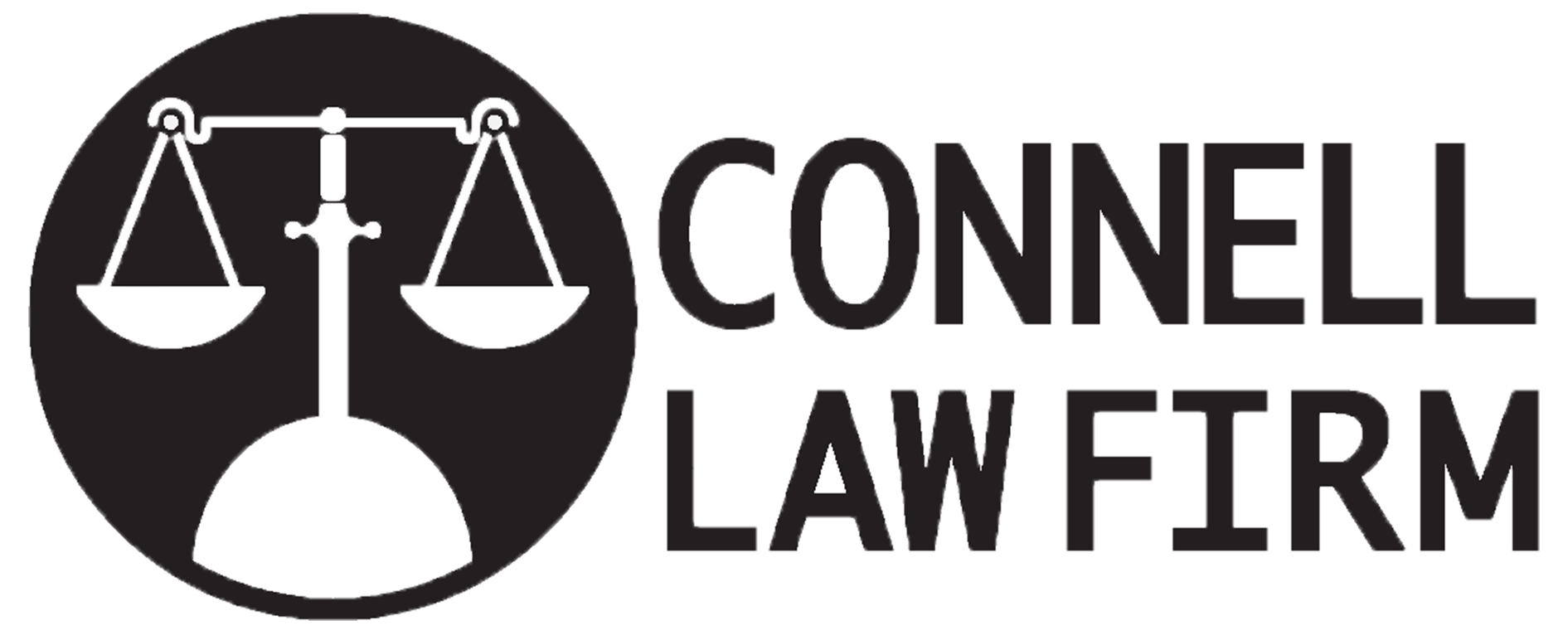In a perfect world, doctors would always be the professionals curing injuries and illnesses. In reality, sometimes doctors cause more harm than good. A doctor may face a claim for potential liability by failing to diagnose a condition, diagnosing the wrong condition, making a surgical error, prescribing the wrong medication, or causing errors as a result of inadequate hospital policies or procedures.
How Can a Claimant Commence a Medical Malpractice Suit?
Prior to commencing a lawsuit, S.C. Code §15-79-125 requires that a medical malpractice plaintiff first file and serve a Notice of Intent to File Suit (Notice of Intent) before the plaintiff may initiate an action. This notice contains a statement of the facts that the plaintiff bases his or her claim upon. This document must be accompanied by an affidavit of an expert witness identifying at least one negligent act or omission claimed to exist.
Medical malpractice lawsuits can often be more difficult to prove than typical tort cases. The reason for this difficulty is what many legal practitioners refer to as the “Battle of the Experts.” Since both the plaintiff and defendant will retain an expert to discuss the injuries at issue in the case, the jury decides who to believe. These cases can be confusing because both experts will adopt opposing viewpoints. However, a skilled attorney can explain complex medical topics to the jury during summation.
What Are the Elements of a Medical Malpractice Suit?
To establish a prima facie case for medical malpractice, the court in Brouwer v. Sisters of Charity Providence Hospitals, Appellate Case No.2012–213231 (2014) held that the plaintiff must prove the following elements by a preponderance of the evidence (“more likely than not”):
- A doctor-patient relationship between the parties;
- Generally accepted standards, practices, and procedures exercised by competent physicians in the same field of medicine under similar circumstances;
- The medical professional’s negligence, deviating from generally accepted standards, practices, and procedures;
- Such negligence proximately causing the plaintiff’s injury; and
- Injury to the plaintiff.
Moreover, a plaintiff in a medical malpractice case is required to establish through expert testimony both the standard of care and the defendant’s failure to conform his or her practices to the required standard. The exception to this rule is whether the subject matter is common knowledge so that no special learning is needed to evaluate the defendant’s conduct. Carver v. Med. Soc’y of S.C., 286 S.C. 347, 350, 334 S.E.2d 125, 127 (Ct. App. 1985). Determining what is common knowledge and what requires an expert opinion is often a tactical decision made by the attorney handling the lawsuit – this makes it important to contact experienced attorneys who are familiar with this area of the law.
In addition to satisfying these requirements, the plaintiff must file suit within a specified timeframe. Under South Carolina law, a claimant must file a lawsuit “within three years from the date of the treatment, omission, or operation giving rise to the cause of action or three years from date of discovery or when it reasonably ought to have been discovered, not to exceed six years from date of occurrence.” (S.C. Code §15-3-545). Since laws are often difficult to decipher, contacting a skilled attorney can help preserve your potential claim within the time allotted under the statute.
Obtain Legal Assistance
If you or a loved one has been injured as a result of seeking medical treatment, you should contact an attorney immediately. The Connell Law Firm, LLC has veteran attorneys at hand to make difficult legal issues simple to understand. Call for a free consultation to learn how you can protect your rights.

